Follow Up: Yoga Webinar on Creativity in Businesses
To ring in our month of creativity, we held a webinar on July 5thto discuss creativity as an innate quality not only for survival, but as a tool to thrive in ever-changing environments. The pandemic era has thrown much of what we knew and how we lived into massive uncertainty. No one has been spared. Freedoms, luxuries, and for an incredible majority of the world’s population, basic survival is on the line. At the outset, reactions were driven by fight, flight or freeze mechanisms, and as months pass and we emerge into a world of unknowns, the evolutionary nature of our beings are also slowly emerging. Charles Darwin said, “It is not the strongest of the species that survives, nor the most intelligent that survives. It is the one that is the most adaptive to change.”
What is Adaptation Innovation Theory?
As it turns out, adaptation is a component of creativity, and so is innovation. Both play an essential role in how we evolve in environments that change beyond our control. Those that come out on top in terms of a life of fullness and purpose will likely be those who are able to tap into their creativity pools. Michael Kirton developed the Adaptation Innovation theory, which describes creativity as a continuum between adaptation and innovation. While this theory has mainly been used in the framework of businesses, it is also incredibly useful when applied to our personal evolution in times of change. According to the theory, we need both adaptive and innovative creativity to thrive, although the tendency is to gravitate to one over the other. People with tendencies towards adaptive creativity prefer the existing structure, current processes and systems. Their creativity is directed towards making these better. Innovators on the other hand like to break the mold, work outside of the current restraints and explore lesser-known environments. In terms of how we evolve in life, it’s easy to see that there are certain situations which call for one over the other, and that our total success is based on our ability to call upon our adaptive and innovative creativity at the correct time. Periodic moments of innovation followed by longer periods of adaptation is potentially more efficient in the long run.
Mastery
We can also look at creativity and cognitive thought processes through the framework of George Leonard’s “Mastery.” The master, according to Leonard, looks very much like the person described above, who is able to comfortably toggle back and forth between adaptive creativity and innovative creativity so that it is efficient in the long run. Plateaus of adaptation periodically interspersed with peaks of innovation allows us to grow with the changes in our environments. The path of mastery is a long and challenging one however, and Leonard presents the three enemies to mastery. Each person may fall into one or several of these categories.
The first category is the dabbler. This is someone that loves starting something new. New job, new career, new sport, new hobby etc. They get excited at the prospect of learning new skills. Dabblers unfortunately lose interest when progress plateaus, and are ready to jump onto the next new thing. We can see the dabbler almost as a serial innovator. The second category is the obsessive. This is a person who is driven by results, and often, they want the results now! This person will see strong peaks in progress at the beginning, but when progress plateaus, they are just as disappointed as the dabbler. Unlike the dabbler however, they push and push and cut corners to get the results that they are looking for at all cost. They often run out of steam and their early increase in progress is met with equally sharp declines. The third category is the hacker. The hacker begins with a reasonable amount of effort and usually sees decent progress. But the hacker is usually quick to be satisfied with the status quo. Once they reach a certain level of satisfaction, they turn on cruise control and ride the plateau without further progress.
Do any of these sound familiar to you? Which categories do you see yourself falling into? Perhaps you are a master in some aspects of your life and one of the three enemies in another aspect of your life. When we apply the two models above to how each of us may emerge in the age of Covid, it is clear that right now is the time to put on our innovative creativity hats. What we knew of the world and our lives prior to the pandemic may no longer be, and those that embrace innovation, will likely thrive. Those that hold on to the ways of the past will likely face a greater struggle. Furthermore, we are looking at a world that will continuously change. Your disappointments or your acceptance of how your life strategies may work or fail, and how you approach lulls in progress will direct your path to mastery. Remember that mastery is a long-term dedicated effort.
Finding Your Flow State
If creativity is a survival mechanism, it is innate in all of us. So how do we tap into our creativity resource? The answer is in being able to access “Flow State.” In Mihaly Csikszentmihalyi’s (founder of Positive Psychology) model, Flow State encompasses the following:
- Complete concentration on a task
- Clarity of direction
- Transformation of time (speeding up/slowing down)
- The experience is intrinsically rewarding
- Effortlessness and ease
- Balance between challenge and skills
- Actions and awareness are merged; losing self-conscious rumination
- There is a feeling of control over the task
We have probably all experienced flow state at some point or another, for example, while playing an instrument, painting, hiking, or even when washing dishes or cooking. Yoga and meditation, as we know, are great ways of honing this flow state and of learning how to tap into it in various moments in our lives. The more we are able to access flow state, the easier it becomes to tap into our own creativity.
These Qualities Will Foster Creativity
Finally, there are certain qualities that we can develop through yoga and mindfulness practices that can help to foster flow state and greater creativity. Taken from the “8 Pillars of Successful Entrepreneurship” by Nina Angelovska, the first quality is perception. Perception is the ability to see opportunity where no one else can. Sometimes, this requires us to look at what is in front of us with a new set of eyes, as if we’re looking at it for the first time. It may require us to let go of prior affiliations and thought patterns to see things in a fresh, new way. This quality is very much related to our innovative creativity. The second quality is an openness to permanent change so that we not only accept change, but that we embrace it as opportunity for growth and learning. The third quality is the expansion of our potential. It is said that we use only a fraction of our brain’s potential. To make use of our brain’s full potential, we need to engage our brains more than we think. It means using our brains even in our downtime. Read a book, meditate or create art to engage your brain even when you are relaxing. Your brain needs to be switched off a lot less than you think. Finally, persistent learning is an important aspect of keeping our creativity alive. New ideas, inspirations, and innovations are born out of expanding our knowledge. Learn things that don’t have anything to do with your business. Learn because you are interested. Learn to expand your mind.
Now that you have several frameworks to explore your own creativity, get out there and thrive. Anything is possible, and remember, plateaus in progress are all part of the journey. Keep at it. Let us know how it goes.
Don’t forget to check out WEBINARS by Urban Yogis for more engaging conversations.
About the Author
Julie Moksim is co-founder of Urban Yogis. She is Singaporean by birth but a global citizen by lifestyle. Julie began her yoga journey in Boston in 2003. Today she runs Urban Yogis and a Yoga Cooperative in Laos called Luang Prabang Yoga.


